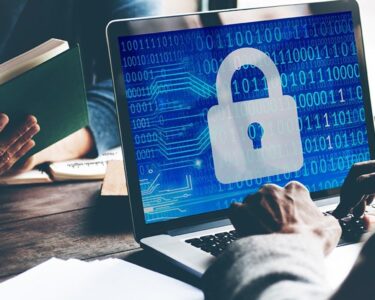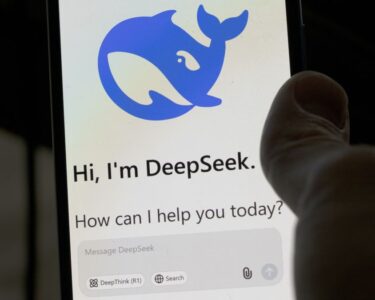Putting the squeeze on light improves gravitational wave observatories.
An upgrade to one such observatory, LIGO, that comes from exploiting a quantum rule known as the Heisenberg uncertainty principle makes it easier to spot spacetime ripples that arise from some of the cosmos’s most violent events.
As a result, LIGO should detect up to 65 percent more collisions between massive objects like black holes and neutron stars than it would without the upgrade, researchers report in an upcoming issue of Physical Review X.
To look for gravitational waves, LIGO researchers rely on laser light that moves in a detector between mirrors placed four kilometers apart. But light is subject to a version of the Heisenberg uncertainty principle that ensures the more you know about the intensity of a light signal, the less you know about its frequency. That limits how well researchers can spot gravitational waves.
In 2019, LIGO scientists turned to quantum “squeezing,” which, in effect, reduced uncertainty in the laser’s frequency and increased uncertainty in its intensity (SN: 2/15/19). That allowed the researchers to turn up the laser’s power and improve LIGO’s ability to spot waves of higher frequencies. But turning the power up further would have made measuring lower-frequency waves harder by adding a low-frequency rumble to the signal.
The solution, described in the new study, was to use quantum squeezing to reduce uncertainty in the laser’s intensity at low frequencies, while reducing the frequency uncertainty in higher-frequency measurements.
Even next-generation gravitational wave observatories will benefit from the new result, says physicist Lisa Barsotti of MIT. “The beauty is you can do both. You can push the limit of what is possible from the technology of laser power and mirror [design], and then do squeezing on top of that.”





